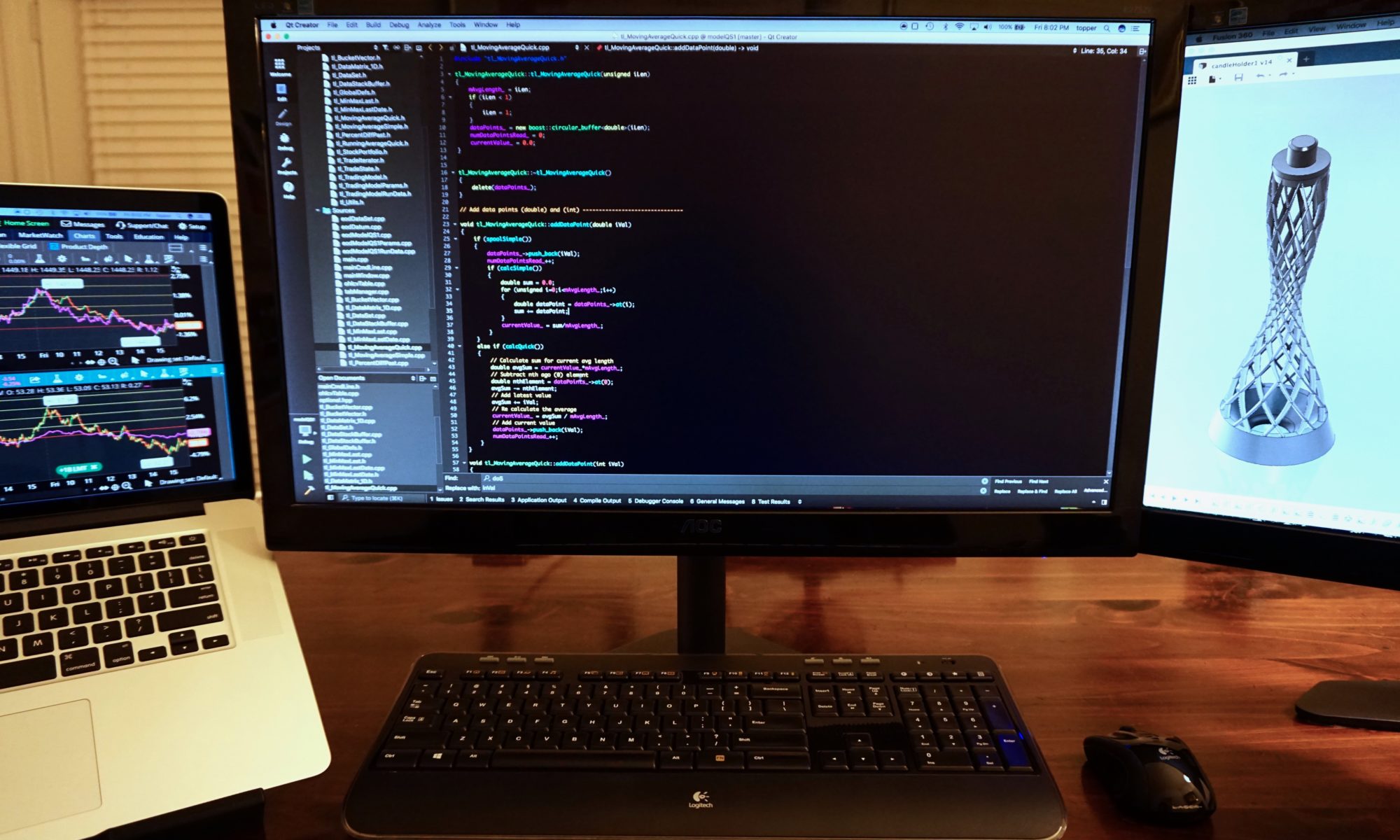Disclaimer
Before reading this tutorial you, the reader, agree to the following. This tutorial and the code it contains are designed to be informational and educational tools only. They do not constitute investment advice. The author, Dave Topper, strongly recommends that you seek the advice of a financial services professional before making any type of investment. This model is provided as a rough approximation of future financial performance. The results presented are hypothetical and will likely not reflect the actual growth of your own investments. The author, Dave Topper, is not responsible for any human or mechanical errors or omissions. The author, Dave Topper, is not responsible for the consequences of any decisions or actions taken in reliance upon or as a direct or indirect result of the information provided by these tools.
Please note that I am using a modified version of the Dark color theme. You can change the colors for the qtcreator IDE by selecting Preferences -> Text Editor -> Fonts and Colors tab.
In the Projects section of qtcreator (typically the upper left-hand corner of the IDA) you should now see something like the following.

Be sure you have the Edit icon selected (as above) and open your Projects menu so that it looks like this.

Double click on algoTradingModel.pro to open the project file in the editor. You should end up with something like this.

You will need to edit this file in order to tell your QT project where to find the boost headers and libraries. So, for example, under my Mac OS installation I have inserted the following at the end of my project file.
macx {
_BOOST_PATH = /usr/local/Cellar/boost/1.67.0_1
INCLUDEPATH += "$${_BOOST_PATH}/include/"
LIBS += -L$${_BOOST_PATH}/lib
LIBS += -lboost_system
}You will need to modify the compile variables above for your particular system and boost installation. But the changes should be somewhat easy to figure out.
Build your project by selecting Build -> Build Project “algoTradingModel” to make sure you have entered the above correctly. Any errors will be displayed in the Compile Output window at the bottom of your screen.
Next we’ll set up the application to run from the command line
